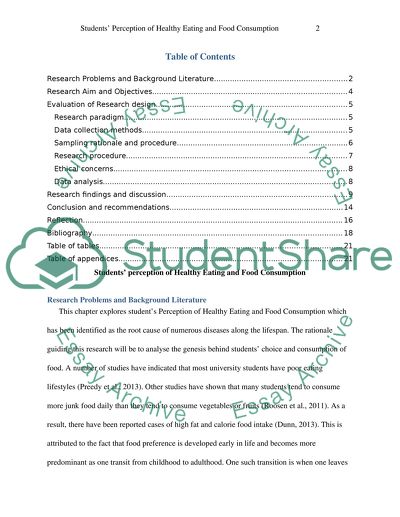Cite this document
(“Exploring University Students' Perception of Healthy Eating and Food Essay”, n.d.)
Retrieved from https://studentshare.org/marketing/1498746-exploring-university-students-perception-of-healthy-eating-and-food-consumption
Retrieved from https://studentshare.org/marketing/1498746-exploring-university-students-perception-of-healthy-eating-and-food-consumption
(Exploring University Students' Perception of Healthy Eating and Food Essay)
https://studentshare.org/marketing/1498746-exploring-university-students-perception-of-healthy-eating-and-food-consumption.
https://studentshare.org/marketing/1498746-exploring-university-students-perception-of-healthy-eating-and-food-consumption.
“Exploring University Students' Perception of Healthy Eating and Food Essay”, n.d. https://studentshare.org/marketing/1498746-exploring-university-students-perception-of-healthy-eating-and-food-consumption.


